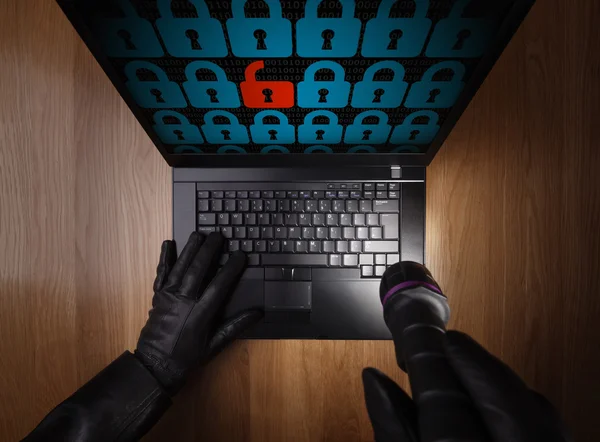
How to protect your cryptocurrency assets from hackers
In recent years, cryptocurrencies have become an integral part of the global financial system. With their growth and popularization, the number of cyberattacks and attempts to steal digital assets has also increased. In this article, we will review the main methods of protecting cryptocurrency assets from hackers, based on the advanced technologies and recommendations presented in the Golden Coin project.
1. Using cold storage
One of the most reliable methods of protecting cryptocurrencies is cold storage. This means storing your cryptocurrency assets in an offline wallet that is not connected to the internet. This method minimizes the risks of cyberattacks and keeps your assets safe.
Benefits of cold storage:
- Isolation from internet threats: Since the wallet is not connected to the internet, it is not vulnerable to hacker attacks.
- Physical security: Offline wallets can be protected with passwords and additional levels of authentication.
2.Two-Factor Authentication (2FA)
Two-factor authentication is an important security feature that adds an extra layer of protection when accessing your cryptocurrency accounts.
How it works:
- First factor: Your password.
- Second factor: An additional code that is generated by an app on your mobile device or sent to you via SMS.
3.Using hardware wallets
Hardware wallets such as Ledger and Trezor offer a high level of security as they store your private keys in a secure device.
Advantages of hardware wallets:
- High level of security: Hardware wallets provide protection against hacking and malware.
- Ease of use: They are easy to use and allow for fast and secure transactions.
4. Regular software updates
One of the simplest but often overlooked ways to protect yourself is to regularly update all programs and applications you use. Updates often include patches to address vulnerabilities that can be exploited by hackers.
Recommendations:
- Update your operating system: Keep your operating system up to date.
- Update cryptocurrency wallets: Use the latest versions of cryptocurrency wallet software.
5. Asset Segmentation
Don’t keep all your cryptocurrency assets in one place. Divide them into multiple wallets and use different storage methods for each one.
Benefits of segmentation:
- Risk reduction: If one wallet is hacked, the rest of your assets will remain safe.
- Ease of management: You can allocate separate wallets for different purposes and transactions.
6. Education and Awareness
Awareness is the key to protecting your assets. Stay up-to-date with the latest news and trends in cryptocurrency security, learn new security methods, and regularly check your systems for vulnerabilities.
Sources of information:
- Official blogs and forums: Read blogs of cryptocurrency developers and follow official forums.
- Security courses and webinars: Participate in cybersecurity courses and webinars.
7. Using multisignature
Multisignature is a technology that requires multiple keys to validate a transaction. This adds an extra layer of protection, as a hacker would need access to all keys to complete the transaction.
How it works:
- Key sharing: Keys can be distributed across multiple people or devices.
- Transaction Confirmation: The transaction requires the consent of all parties to complete.
Conclusion
Securing cryptocurrency assets is a complex process that requires the use of various methods and technologies. Based on the Golden Coin Project’s recommendations and security best practices, you can significantly increase the level of protection of your assets and minimize risks. Remember that security is an ongoing process and you should always be one step ahead of potential threats.

